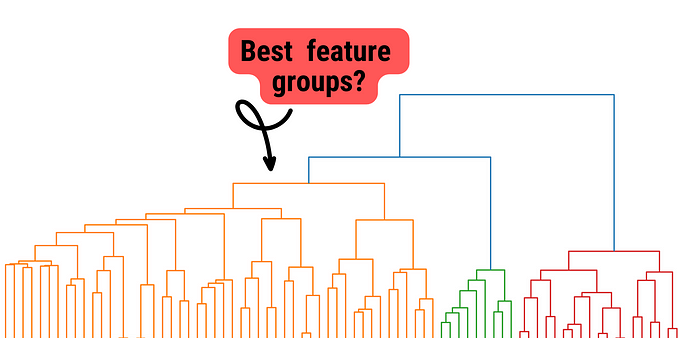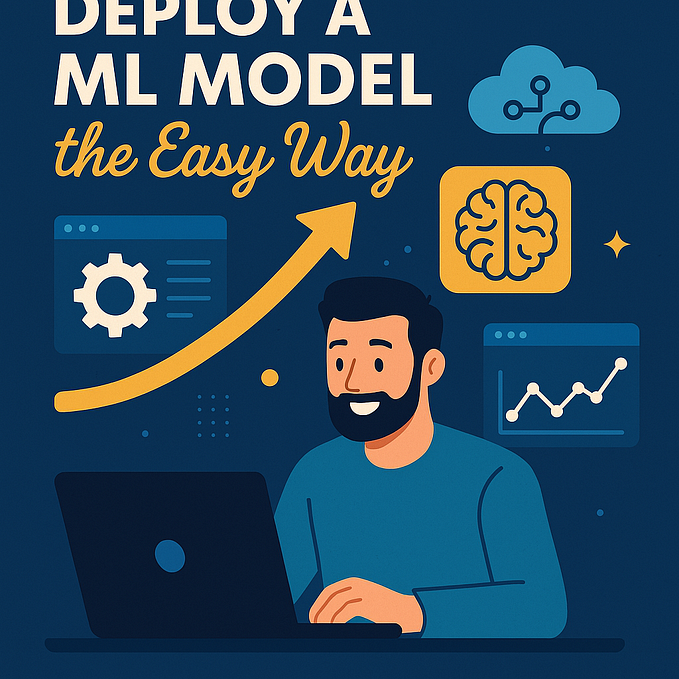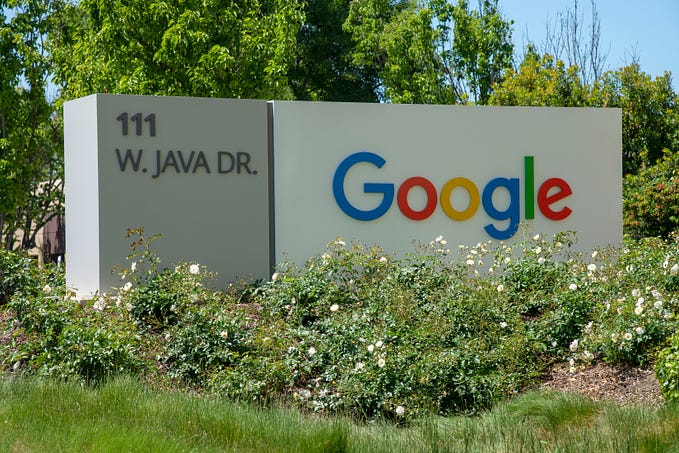NFTs are not just digital art!

After the hype of 2021, the association of NFT with digital art has firmly entrenched in the mass consciousness, but this is a primitive view. Let’s first understand what NFT technology is.
NFTs are essentially a blockchain-based certification system that allows you to confirm the authenticity of a unique object. Classical cryptocurrencies like Bitcoin and Ethereum use fungible tokens because each unit of BTC is equivalent to another unit of BTC. NFTs are used when it is necessary to work with unique objects — whether they are digital or real. Anything can be marked with NFT — real estate, transport, financial assets.
Each art object is unique, so non-fungible tokens very quickly began to be used in digital art to authenticate. However, the value of art is in the eyes of the beholder, so digital art (as well as real art) is a convenient ground for speculation. Not surprisingly, the digital art market quickly became overheated.
Another reason for the excessive emphasis on digital art was that it is more difficult to deal with real assets or financial assets due to legal reasons, because the requirements of regulators for NFT trading platforms will then be more stringent — not everyone is ready to be accredited.
Where can NFTs be used?
But you can’t stay solely on speculative value for long, NFTs must have utilitarian value in order to gain user trust. To do this, NFT trading platforms need to go beyond picture trading. Let’s look at a few alternatives:
Gaming industry
Perhaps the only industry in which NFT has managed to gain a foothold, apart from digital art, is the so-called GameFi (a derivative of Gaming and Finance). NFT can be easily integrated into various game mechanics, especially when it comes to collectible games and Play2Earn. The famous Axie Infinity has become an example of a successful NFT game. However, at the moment, most NFT games look pathetic, because the developers are in such a hurry to repeat the success of Axie Infinity, so in a hurry to enter the market and ride on the hype, that they openly neglect the game itself. mechanics or design.
Real estate
NFT technology has great potential for real estate applications. The simplest example is fractional ownership. The property may be labeled with a fractional NFT, which means that the house may be listed for sale in parts.
NFT holders will be able to receive regular rental income. Shared ownership allows the average person to access the real estate market, because buying a house, land, an entire apartment can be too expensive.
Transport
NFTs are also good if there can be different levels of rights to the same asset. For example, one NFT may represent a digitized right to use a car for a set period, while another NFT linked to the same car represents the ownership of the car. This is a very convenient technology for carsharing, for example.
Summarizing
NFT technology is much more than just digital pictures and grimacing monkeys. It is high time for exchanges for trading fungible tokens to come to an understanding that it is inefficient to continue to squeeze speculative value out of NFTs, it is necessary to focus on creating real value. To do this, you need to use NFT to mark real assets, such as real estate or vehicles, and this will already require legal courage from the platforms.
Use our apps:
Barter Smartplace — trade real and digital assets for cryptocurrency.
Barter Wallet Bot — use free cryptocurrency transfers in Telegram and earn 22% per annum.
Subscribe to read our publications:
Join our crypto community — BRTR Holders:








